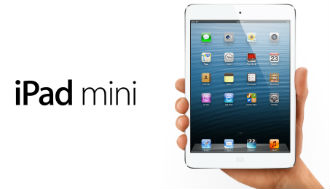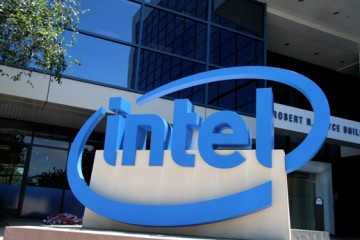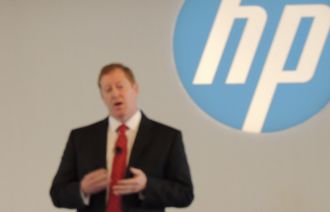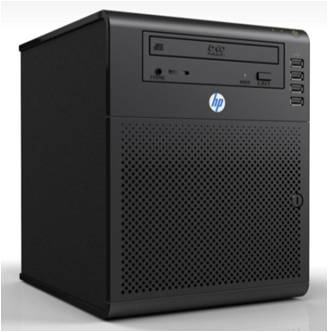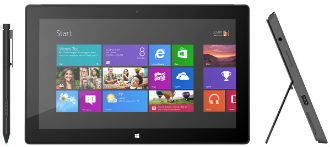
Microsoft’s tablet push seems to have hit yet another snag. The first reviews of Redmond’s new Surface Pro tablet are in and they are not good at all.
Envisioned as business friendly tablet with unparalleled legacy compatibility, the Surface Pro was supposed to challenge the iPad and high-end Android tablets by wooing traditionally conservative corporate customers to embrace a tried and tested platform, more or less.
At least that was the idea and on paper everything seemed right. The Surface Pro is powered by a proper x86 chip and it runs Windows 8, ensuring compatibility with legacy applications. It also has a full HD screen, physical keyboard and a pretty high price tag, which should be justified by its unique feature set. However, reviewers gave the Pro no quarter.
The Verge reckons it is still a better choice than the Surface RT, which really isn’t saying much since the RT doesn’t appear to be a good choice at all. However, consumers can get a decked out hybrid for about the same money, which led The Verge to put forth a simple question: who is it for? Oddly enough, the Apple loving New York Times was a bit more lenient, concluding that the Surface Pro could be the right machine for a lot of people.
“It strikes a spot on the size/weight/speed/software spectrum that no machine has ever struck. You can use this thing on a restaurant table without looking obnoxious (much),” wrote NYT’s David Pogue.
AllThingsD was not impressed, concluding that the Pro is too power hungry and too difficult to use in your lap. “It’s something of a tweener — a compromised tablet and a compromised laptop.”
Engadget’s Tim Stevens tried to be a bit more positive, but it soon ran out of kind things to say. “When trying to be productive, we wished we had a proper laptop and, when relaxing on the couch, we wished we had a more finger-friendly desktop interface,” he wrote.
Business Insider was blunt as usual, saying the Pro is just like the RT version, only heavier, thicker, more expensive and with half the battery life. “It looks like a tablet, but you can snap on an optional (but essential) keyboard cover that turns the Surface Pro into a pseudo-laptop. So why would anyone buy that?”
So what exactly was the Surface Pro’s undoing? Quite a few of things apparently, but most of them are not restricted to the Surface Pro – they apply to all upcoming Windows 8 tablets. On the hardware side all appears well, but vendors have to use power hungry x86 chips in all Windows 8 tablets, rather than frugal ARM SoCs employed by Apple and the Android alliance. The OS itself is bloated, hence a lot of speedy solid state storage is required to come up with a feasible Windows 8 tablet. Android and iOS are a lot leaner. Less efficiency also translates into limited battery life and bigger batteries, increasing production costs and bulk. Modern Android tablets and the iPad mini measure just seven to eight millimeters at the waistline and no Windows 8 tablet can come close to that yet.
Still, legacy app compatibility and unbeatable productivity features could easily outweigh the drawbacks? Well they could, in 2009. Countless developers have spent long hours working on productivity apps for iOS and Android over the past three years, so Redmond’s productivity edge has been blunted. BYOD is another trend that is forcing companies to rethink their approach and embrace cross-platform software solutions.
As far as legacy apps go, Windows 8 tablets seem like the obvious choice, but there are a few caveats. Windows 8 still lacks native, touch friendly apps. Most legacy apps can’t handle touchscreens very well, which means the traditional keyboard and touchpad combo is a must. With that in mind, there is no good reason for those in need of legacy support to get a tablet, as an Ultrabook or hybrid will do just fine.
Windows 8 tablets were cleverly marketed as a natural extension of ultraportable notebook lineups, so many vendors were (and still are) a lot more interested in Windows 8 tablets rather than Windows RT gear. Between Surface RT’s slow sales and the unflattering Surface Pro reviews, Redmond’s tablet strategy seems to be imploding faster than a North Korean uranium warhead.
 Worldwide semiconductor revenue declined in 2012, figures from Gartner have shown.
Worldwide semiconductor revenue declined in 2012, figures from Gartner have shown.


